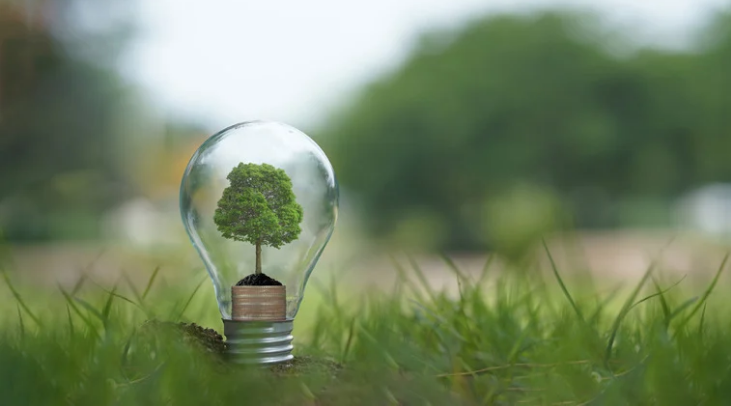In a world where climate change and population growth threaten food security, innovative solutions such as hydroponics based on renewable energy are proving to be groundbreaking. Combining advanced agricultural techniques with clean energy sources, this sustainable model offers a path to efficient, environmentally friendly and scalable food production.
The Promise of Hydroponics
Hydroponics, a soil-free cultivation method, allows plants to grow in nutrient-rich aqueous solutions. The technology saves resources, reduces the need for harmful pesticides and allows for year-round farming regardless of climatic conditions. Compared to traditional agriculture, hydroponics requires: 90% less water Significantly reduced cultivation area Faster plant growth cycles Hydroponics’ efficiency makes it ideal for urban areas and areas with limited arable land.
The Role of Renewable Energy in Hydroponics
Hydroponic systems rely on artificial lighting, water cycling and temperature control and can be very energy intensive. Integrating renewable energy sources such as solar, wind and biomass into these systems reduces operational costs and minimizes carbon emissions.
Key Benefits of Renewable Energy Hydroponics
1. Energy Independence: Farmers can operate independently from the power grid, especially in remote areas, reducing dependency on traditional electricity.
2. Cost savings: Renewable energy reduces energy costs in the long run, making farming more affordable.
3. Environmental friendliness: Avoiding fossil fuels reduces greenhouse gas emissions and promotes sustainability.
Practical applications Solar-powered hydroponics:
Solar panels generate electricity for pumps, lamps and air conditioning. In sunny areas, this approach ensures that agricultural operations are uninterrupted.
Wind energy integration:
Wind turbines complement solar power systems in areas with variable weather conditions.
Biogas for heating:
Organic agricultural waste can be converted into biogas to maintain optimal temperatures in hydroponic greenhouses. Meeting global food needs As the world population approaches 10 billion by 2050, food demand is expected to increase by 70%. Renewable energy hydroponics offers a scalable solution to meet this need while preserving the planet’s resources.
- Food production in cities: Urban vertical hydroponic farms shorten food transport routes and ensure fresh local produce.
- Climate resilience: A controlled environment ensures consistent yields even during extreme weather.
- Sustainable exports: Sunlight-rich countries like India can harness solar energy to promote hydroponic farming and become large exporters of pesticide-free premium products.
Green revolution in agriculture
Integrating hydroponics with renewable energy can revolutionize agriculture to address the dual challenges of feeding the world and protecting the environment. This symbiotic relationship between technology and sustainability will be the foundation of the food system of the future.
The combination of renewable energy and hydroponics is not just an agricultural innovation. It’s what’s needed to face global challenges. Governments, private companies and individuals need to work together to scale up these solutions and ensure food security for future generations. Hydroponics with renewable energy is not just agriculture, it’s a vision of hope, resilience and sustainability for the future of humanity.
If you’re interested in sustainable agricultural solutions or would like to explore how renewable energy can transform agriculture, contact us today for insights and partnerships. Together we can create a greener, more sustainable world.

